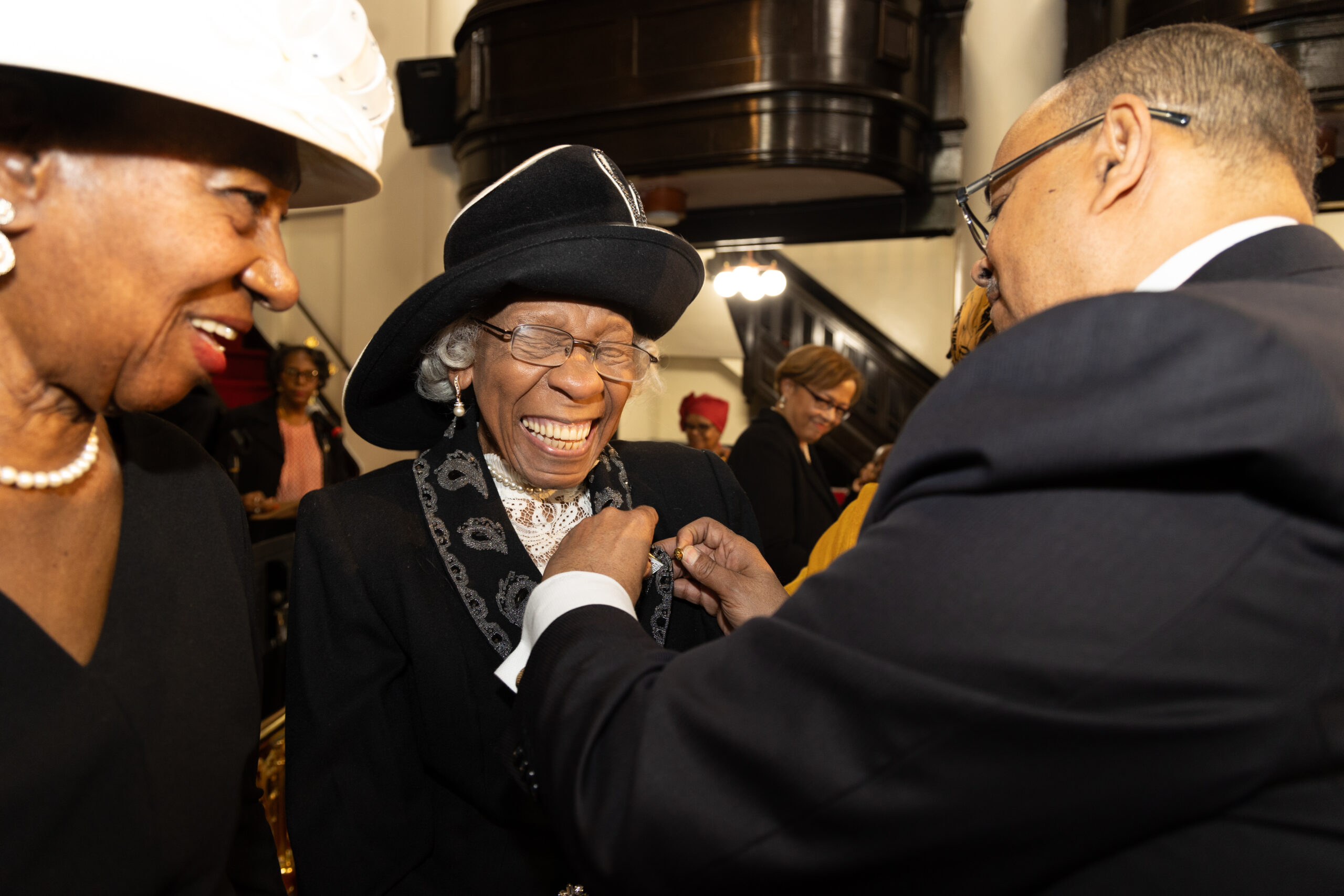By D’Weston Haywood, Columnist
From election cycles to legislation, politics is often a race against time. Yet, just as often, time is raced. Indeed, many are familiar with the colloquial and comedic expression, poking fun at Black people’s alleged resistance to the discipline of time that produces a seemingly routine and unavoidable tardiness on their part (in)famously known as “colored people’s time.” But less familiar is what might be called “white people’s time,” possibly because it lacks a name as charged, notorious, and convincing as its counterpart. That this phenomenon has a less recognizable name is also because its sloth-like, piecemeal pace has been more successful at normalizing itself and mediating time, especially through American politics. The recent but long-overdue passage of the Emmett Till Antilynching Act illustrates this.
On March 7, 2022, the Senate overwhelmingly passed the Emmett Till Antilynching Act after it also received overwhelming support in the House on February 28, 2022. Introduced by Illinois Congressman Bobby Rush, the bill makes lynching a federal hate crime while honoring Emmett Till, the fourteen-year-old Black boy from Chicago, whose lynching in 1955 helped launch the modern civil rights movement. After over a century of anti-lynching activism, stretching back to the 1890s and led by journalist Ida B. Wells, on through the NAACP’s campaigns in the 1910s to the 1930s, to the Dyer Anti-Lynching Bill, first proposed in 1918, and as many as 200 unsuccessful attempts, not to mention the scores of lynchings that continued apace in the interim, the bill will finally reach the President’s desk.
The bill’s passage is momentous, to be sure, especially given vigilante violence against Black people that has only increased from the killing of Trayvon Martin to Ahmaud Arbery. Still, that the bill passed, following a century-long campaign that met defeat time after time in the face of obstructive political forces, such as filibusters, illustrates that an urgent law to protect the lives of Black Americans from wanton violence was for over a century subordinated to white people’s time. Thus, white people’s time tends to move in a 100-year interval, particularly against Black people’s legitimate demands for racial equality and citizenship rights. Martin Luther King, among others, pointed out this fact in his 1963 I Have a Dream speech, stating then that “one hundred years later, the Negro still is not free.” He emphasized this again in his Letter from a Birmingham Jail that his activism was never “well timed according to the timetable of those who have not suffered unduly from the disease of segregation.”
Indeed, we have settled on a nomenclature comprised of terms like “filibuster,” “red tape,” “bureaucracy,” and “politics,” for example, to mask this fact, instantiate white people’s time, and then normalize it. Yet, again, white people’s time mediates time, moving the clock at a glacial pace or, when necessary, accelerating it exponentially, some 100 years ahead. Hence, while the Emmet Till Anti-Lynching Act was over a century in the making, legislation against broader voting rights and Critical Race Theory was passed with lightning speed.





